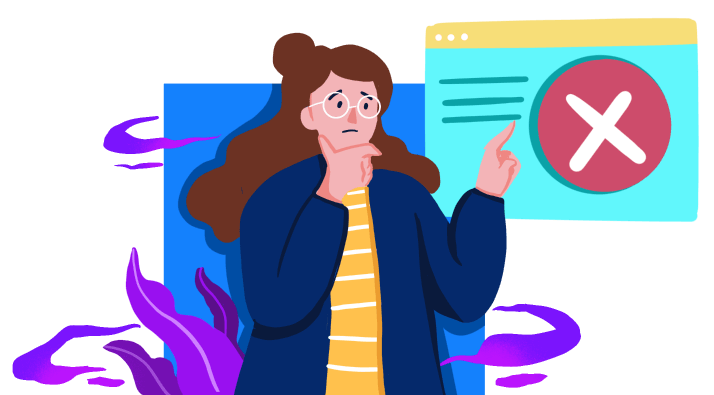Lesson 1: Blockchain Basics
After completing this lesson, you will be able to:
Explain the terms chain, network, protocol, and open ledger.
Understand the difference between blockchains and cryptocurrencies.
Know why coins and tokens are generally limited to one blockchain.
Understand why blockchain transactions are anonymous.
Know what role trust has in financial transactions
Welcome to the first lesson in Kriptomat Academy’s Blockchain Basics course. In this lesson, we’ll focus on blockchain basics.
Modern cryptocurrencies like Bitcoin and Ethereum are stored on structures called blockchains
- Satoshi Nakamoto chose blockchains as the foundation of the first modern cryptocurrency, Bitcoin. But blockchains existed before Bitcoin.
- Researchers created simple blockchains in 1991. And refinements were made every year or two by other researchers.
- The Bitcoin blockchain combined existing blockchain technology with encryption technology to serve as a platform for digital currency.
We use many words to describe blockchains
- For example, you may hear a blockchain like Ethereum called a network, a protocol, or a ledger.
- Each of those terms has a slightly different meaning, but they are all things that people call blockchains.
- Modern cryptocurrencies are stored on blockchains, but blockchains are flexible enough to fulfill other uses too – as you’ll see in our next course!
A blockchain is a database: a distributed, decentralized database
- A blockchain database is different from conventional databases that run on servers, which are powerful computers that can hold lots of data.
- Blockchain databases are distributed, which means the data is stored on multiple computers called nodes. These nodes are connected to each other over the internet.
- And blockchain databases are decentralized, which means that no individual copy of the database is the master copy. All the copies are equally valid.
Blockchain databases hold their information in blocks
- In a conventional database, all the information relating to a certain customer, for example, is stored in a record.
- Records can be displayed as rows in a table. You can create a simple database with a spreadsheet program like Excel or Google Sheets.
- In the blockchain world, records and rows have been replaced by blocks. A block typically holds several blockchain transactions along with some housekeeping data.
When blocks are ready to add to the blockchain, they’re added to all the copies of the database at once
- Blocks always appear in the same sequence.
- Any attempt to alter, remove, or insert blocks can be detected immediately because each block contains a cryptographic code that is based on the previous block.
- This makes blockchains practically impervious to hacking.
Now let’s take another look at those words we use to describe blockchains
- A blockchain is a chain because the blocks are linked together in sequence, just like the links of a chain.
- The blockchain network is the collection of internet-connected computers that are running the blockchain’s database engine and interacting with the database.
- A protocol is a set of rules governing communications. Each blockchain definition includes rules that control how crypto is created and how transactions are made and recorded.
- A blockchain is known as an open ledger because like a ledger, it records every transaction. It is open because the data – amounts transferred to various addresses on the blockchain – is public.
So – what have we learned?
- Blockchain, network, chain, protocol, and open ledger all refer to the distributed decentralized databases known as blockchains.
- Blockchains store transaction records in blocks that are appended to the database.
- Blockchains are secure because attempts to alter, add, or delete blocks of data are detected immediately.
That’s the end of this lesson! Test your understanding and earn points toward a Kriptomat Academy certificate of achievement by taking the test!
Kriptomat Academy content is informative in nature and should not be considered a personalised or any other investment recommendations or advice.

 IOS
IOS Android
Android